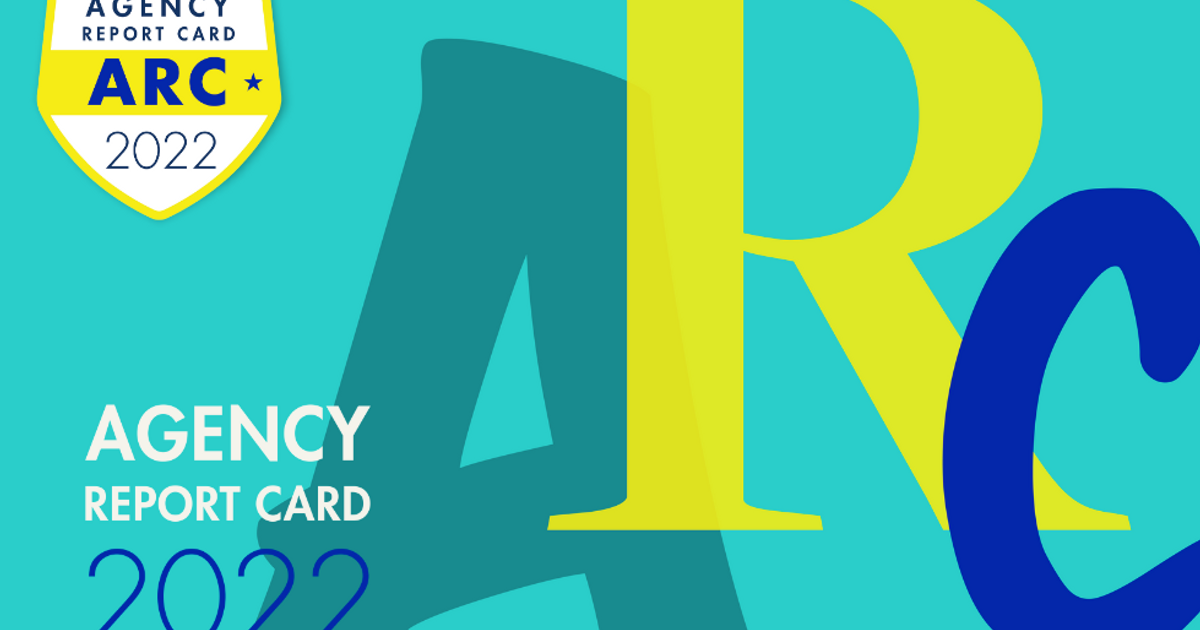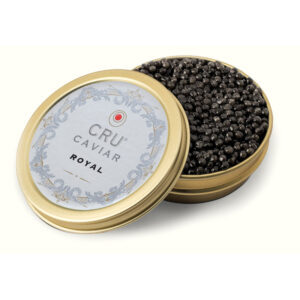Welcome to Campaign Asia-Pacific’s annual Agency Report Cards. In our 20th year conducting this critical industry benchmark, we have opted for quality of research over quantity of reports, using both data-driven metrics as well as an in-depth qualitative analysis in grading agencies.
It means our Agency Report Cards remain the most diligent and comprehensive in the industry. It also means they are more nuanced – agencies are rarely all bad or all good and our analysis reflects this. The robust reports below, available exclusively to Campaign Asia-Pacific members, evaluate 30 of the top marcomms agency networks in Asia-Pacific.

The Agency Report Cards are available to Campaign members only.
Not a Campaign Asia-Pacific member? Become one now.
As in past years, each report card contains a detailed analysis of the agency’s performance, with grading in five key categories: business; innovation; DEI and sustainability; creativity and effectiveness; and management. We continue to include people initiatives, such as retention, training and wellbeing initiatives, under the management grade, which also takes into account performance in all the other areas.
As sustainability issues have become more important for clients, consumers and therefore agencies as well, we assigned a 40% weighting to sustainability in its category with DEI this year, up from 30% last year. Sustainability’s weighting will likely increase again for the FY 2023 evaluation next year.
Details about the criteria and the grading process are available below. You will also find key information such as each agency’s business breakdown, top clients, specialisations and expertise, and how the agency graded its own 2022 performance.
What’s new?
The biggest change this year is the switch to a numeric grade as the primary grade. The more comprehensive our evaluation has become, the rarer it is for an agency to over-or-under-perform in all categories to separate themselves. By applying a primary numeric grade, we’re able to identify the higher-versus-lower-performing agencies within the same letter grade.
We also changed the grading scale to correspond more closely to a commonly-perceived score out of 10. Most agencies are doing a ‘good’ job, but our old grading had ‘good’ (B-) agencies scoring as low as 5.8 out of 10. So we’ve upgraded the scale this year to the chart below and we adjusted last year’s grades to the new scale.
The upshot is that many more scores are closer together, a phenomenon compounded by the fact more agencies performed at a good but not great level in 2022. While exceptional business results have allowed some agencies to separate from the pack, fewer were able to hit on all cylinders this year.
While 2021 was a strong year for business as agencies rebounded from Covid-hit losses, few agencies were able to sustain the growth in 2022. The business section witnessed the most downgrades (14), followed by management (10). Fewer agencies slid backward (4) on DEI & Sustainability this year, though most (16) maintained their grade. The greatest areas of improvement, however were in Innovation and Creativity & Effectiveness as with 14 upgrades in each. In a year in which the metaverse and AI emerged as new tools for experimentation and creativity and Covid restrictions in many markets were lifted, the quality of work in the region improved.
In the end, just over half (16 out of 30) agencies received an upgraded score this year. Ten agencies received a lower grade, and four maintained their score.
We removed 11 agencies this year from our rankings, including performance agencies and some smaller or less active networks in our region, in order to focus on quality over quantity.
Integration efforts at certain holding companies continue to challenge our evaluations on an agency brand level. Publicis client work most frequently runs across agencies now, so all its agency brands are lumped under the Creative and Media umbrellas, which this year also includes Digitas under Creative. Isobar meanwhile, has become part of Dentsu Creative, which was judged independently of Dentsu’s Japanese operations this year as the network was developed with its own distinct identity outside of Japan. As Dentsu’s new integrated corporate structure takes hold in 2023, we expect to again include the Japanese operations in our analysis next year

CRITERIA
We assess each agency network in the following categories:
1. Business growth: We assess a combination of overall revenue, new-business revenue (using both reported figures and recorded figures from 2022 in Campaign AI’s new business agency rankings using data from consultancy R3’s New Business League in APAC markets, which we relied on in 2021), organic growth, profitability, client wins and losses, and diversification of revenue.
2. Innovation: A qualitative assessment of Asia-based initiatives and innovations based on their improvements to the agency, people, clients and industry.
3. DEI & Sustainability: We qualitatively assess the degree of commitment to progress in both of these areas, recognising initiatives at holding group level but with more weight given to regional and local initiatives.
4. Creativity & Effectiveness: Compelling and effective campaign work, judged qualitatively. Regional and global awards recognition is included, with higher weighting given to wins at major shows. Work demonstrative of high effectiveness for clients is also considered.
5. Management: A qualitative assessment of leadership performance based on the four categories above plus other elements, such as key regional decisions, management stability, contributions to the industry by agency leaders, commitment to staff training and development, staff annual turnover, and more.
PROCESS
Most agencies kindly respond to a written submission form that asks for details across all aspects of the business. Based on this, plus extensive independent research and, in most cases, an hour in conversation with the agency’s regional leader(s), Campaign Asia-Pacific‘s senior editors assess each agency’s performance across the five grading categories, assigning a grade between 0 and 10 in each category. These point values and their letter-grade equivalents are shown below.
Once the five category grades are assigned—and discussed at great length by all the editors working collectively—a final grade is calculated by averaging the five grades. This year for the first time we are displaying the numerical averages first, which provide a more granular view of how each agency has progressed or regressed. We have also changed the scoring this year to give higher numerical values to grades to create scores more reflective of agency contributions on a commonly-perceived scale of 1 to 10.
| Letter grade | Description | Point value for category grades | Point value range for overall grade |
| A | Unmatched | 9.5 | 9.3 and up |
| A- | Outstanding | 9 | 8.8 – 9.2 |
| B+ | Excellent | 8.5 | 8.3 – 8.7 |
| B | Very good | 8 | 7.8 – 8.2 |
| B- | Good | 7.5 | 7.3 – 7.7 |
| C+ | Average | 7 | 6.8 – 7.2 |
| C | Satisfactory | 6.5 | 6.3 – 6.7 |
| C- | Needs work | 6 | 5.8 – 6.2 |
| D+ | Poor | 5.5 | 5.3 – 5.7 |
| D | Really poor | 5 | 4.8 – 5.2 |
| F | Failed | 0-4.5 | 0.0 – 4.7 |

